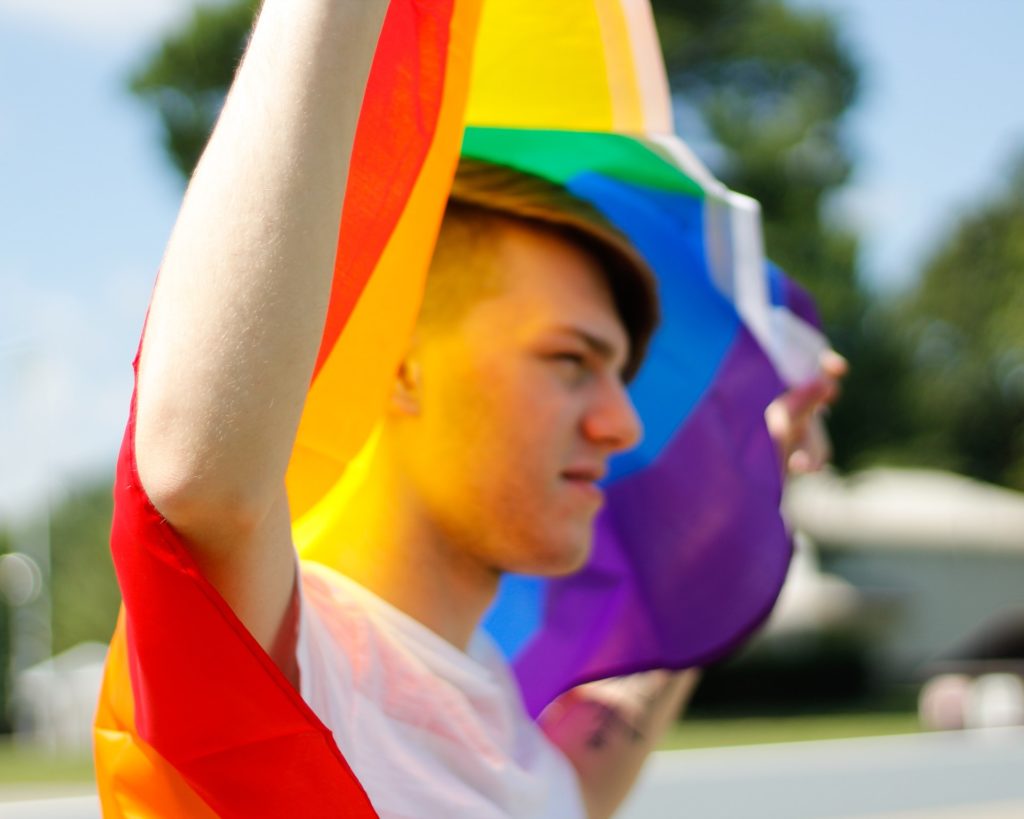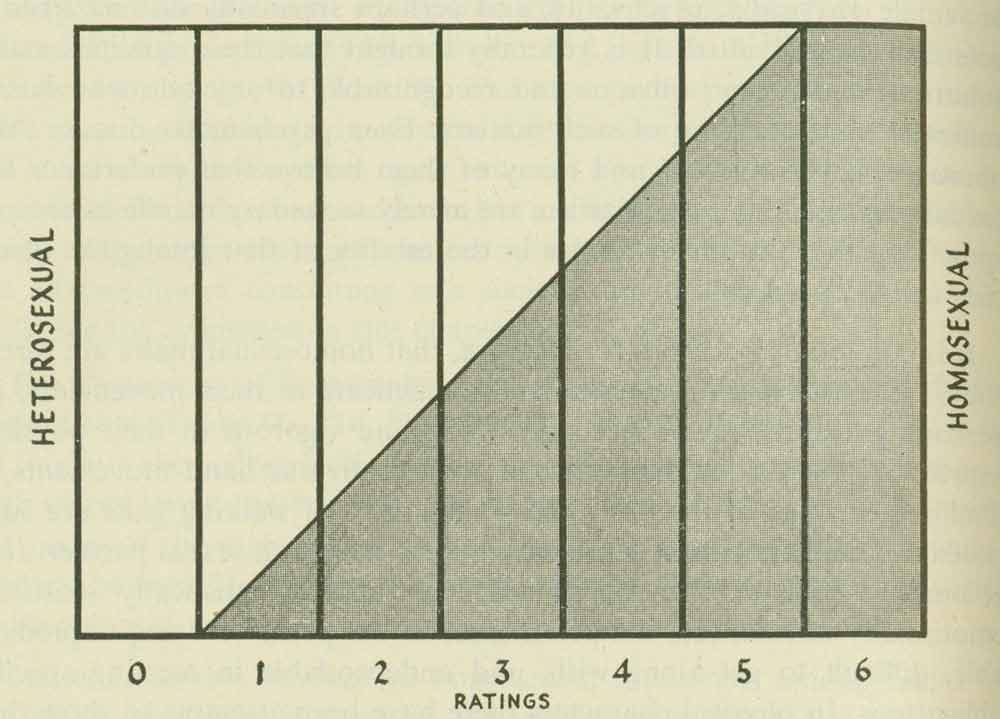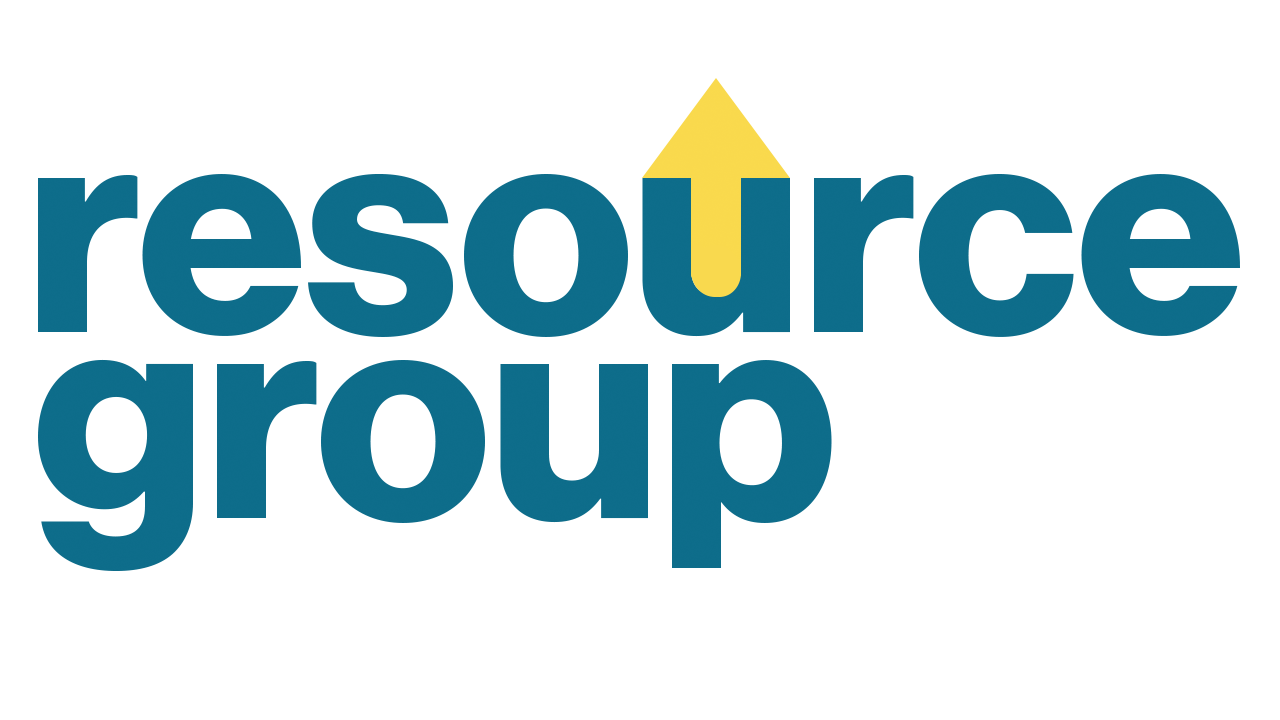
By: Brian Warner
We’ve all heard the same old jokes, and they’re always meant to punch down. “The LGBTXYZ789+ community.” “Did you just assume my gender?” Breaking news alert: these jokes were hacky then and they’re hacky now.
Most people in the LGBTQ+ community get it: when you want to add every sexuality and gender identity to the acronym it gets to be a mouthful, and can be a challenge to keep up with. What originally started as “the gay community” then became “the gay and lesbian community” and has since expanded more and more over time to recognize that not everyone lives their life or expresses their love in the way they’re told to. While each letter represents its own distinct sexuality or gender identity, the growing acceptance of the LGBTQ+ community has proven the old adage that there’s strength in numbers.
And even though the “A” in the extended LGBTQIA+ acronym may no longer stand for “ally,” there are still plenty of ways you can support people in your life when they come out to you.
One of the first? Know what they’re talking about! Like . . .
L is for Lesbian and G is for Gay. These refer to women attracted to women and men attracted to men, respectively. Contrary to old stereotypes, neither of these words have to do with gender identity or gender expression; some lesbians/gay men are traditionally masculine, just like some are traditionally feminine.
B is for Bisexual (or “bi” for short). It doesn’t mean someone who’s promiscuous or who dates “one of each” at a time, as much as Rent tried to sell us on that. It doesn’t even mean someone who’s attracted to men 50% and women 50%. Bisexuality just means someone who’s attracted to more than one gender. Someone may almost exclusively date people of one gender –they’re still bisexual. The Kinsey Scale, developed by Drs. Alfred Kinsey, Wardell Pomeroy, and Clyde Martin, exemplifies this well with its scale ranging from 0 (exclusively heterosexual) to 6 (exclusively homosexual).

T is for Transgender (or “trans” for short). Let’s undo about a hundred years’ worth of misinformation and stigma in a very short amount of time, shall we? Being trans is different from:
- Crossdressing
- Drag
- Being “butch” or “femme”
- Trying to sneak into restrooms of the opposite gender to commit a crime
Unlike most of the other letters in the LGBTQ+ community, being trans doesn’t have anything to do with sexuality, but with gender – someone may be trans and straight, trans and gay, trans and asexual, etc. Being trans simply means that when someone was born, the doctor said, “It’s a boy!” or “It’s a girl!” After getting to know themselves, though, they realize, “I think that doctor was mistaken.” And neuroimaging has backed this up! MRI scans of trans boys (boys born to a female body) and trans girls (girls born to a male body) have shown that brain activation patterns more closely resemble that of people who match their gender identity than the gender they were assigned at birth.
People who are trans may choose to embrace their gender with gender affirmation surgery (to bring their face, chest, and/or genitals in line with their gender) or they may not; it’s a procedure that’s expensive, invasive, and not accessible to all, so whether someone has medically transitioned or not is only their business.
The opposite of being transgender is being cisgender (or “cis,” for short). When someone who is cis was born, the doctor said, “It’s a boy!” or “It’s a girl!” and, after getting to know themselves, they said, “That seems right.”
Q is for Queer. This used to be a highly offensive thing to call people in the LGBTQ+ community (and for some people, it still is), but in the past few decades more and more people have reclaimed the word and now specifically identify as queer. It rejects outdated notions of gender to embrace the complexity and individual sexual experiences for many people. Sometimes it’s even used as an umbrella term for anyone who isn’t straight and cisgender – but if someone explicitly tells you that they’re gay, bisexual, trans, etc., you’re probably better using that word over “queer.”
I is for Intersex. Unlike being trans, where people transition from one set gender, people who are intersex are born with ambiguous genitalia. This may sound unusual, but it’s estimated that about one in 2,000 babies born every year have characteristics that can’t be easily classified as male or female. Parents or doctors might assign a gender; sometimes that gender will feel right and sometimes it will feel wrong (in which case they may want to choose a gender for themselves or be nonbinary).
A is for Asexual (or “ace” for short). Generally speaking, this means that a person has no sex drive – but like everything else on this list, it’s often more complicated than that. Some people may not have any interest in sex but still have a romantic partner. Some people may not be interested in sex or romance. Some people may be disgusted by sex. Some people may not care about sex, and still have it for their partner’s pleasure. Much like all of sexuality, asexuality exists on a spectrum.
+ includes (but is not limited to)
- pansexual (like bisexuality, pansexuality means that someone is attracted to more than one gender, but explicitly rejects the binary that people need to be either male or female and instead expresses attraction toward people of all genders)
- Two Spirit (an umbrella term to refer to many religious beliefs across Indigenous American cultures that recognize multiple genders combining male and female spirits [if you’re not American Indian, you’re not Two Spirit])
- nonbinary (like being trans, being nonbinary is a gender identity – but instead of transitioning from female to male or male to female, a person who is nonbinary rejects the idea that they need to be one or the other and instead shifts, blends, or casts off traditional genders altogether)
- Some people identify as genderqueer. After being founded by activists in the 1980s, the term describes people who confront the gender binary and gender boundaries. It’s particularly used as a political identity for someone to identify themselves as being politically active in the fight for trans rights.
- Some people identify as gender-fluid. This acknowledges that people don’t always feel one way all the time, and so may shift more heavily in certain directions at different times. Some people who are nonbinary never feel like their gender is fluid, so “gender-fluid” can be a more specific label.
- Some people use “transgender” to include all people who are trans, nonbinary, genderqueer, gender-fluid, etc. Nonbinary writer Kate Bornstein wrote, “All the categories of transgender find a common ground in that they each break one or more of the rules of gender: What we have in common is that we are gender outlaws, every one of us.”
- gender nonconforming (unlike being nonbinary, being gender nonconforming refers to expression, rather than identity [so may be used by someone who’s trans or cis], like a woman playing football or a man letting his hair grow long)
- demisexual (like asexuality, people who are demisexual don’t feel sexual attraction – but may eventually develop these feelings for someone after forming a strong emotional bond with them, unlike someone who’s not demisexual who may be sexually attracted to an acquaintance or even someone they’ve just met)
But it’s important to remember that, as time goes on, some of these terms may combine, divide, or stop being acceptable things to call people altogether. It’s okay if it feels hard to keep up with sometimes; everyone on this list has had to stay underground for a long time, and now that they’re given the chance to advocate for themselves there’s going to be a lot to discuss.
So if someone does come out to you, it’s okay if you have a lot of questions – but it’s also okay to just sit in the moment for a bit. There’s plenty of time later to ask about someone’s relationship history, if their sexuality is affected by their gender identity, how their faith fits in with their authentic self, etc. If you’re at a loss for words, all you have to say is something as simple as “Thank you for your courage to tell me.”
Coming out, though, is a process that’s never exactly over, and being forced into it (or being “outed”) can turn a joyous event into something traumatic – there’s a big difference between jumping off a diving board and walking the plank into shark-infested waters. The LGBTQ+ “panic” defense strategy (that “asks a jury to find that a victim’s sexual orientation or gender identity/expression is to blame for a defendant’s violent reaction, including murder”) has been successfully reducing sentences as recently as 2018. If someone does come out to you, the only safe assumption to make is that only you know; until you know differently, keep their confidentiality close.
Some people may want to reaffirm their love for their friend or family member by saying something like, “So? I don’t care, you’re still the same person to me,” or, “Finally! We’ve all known about it forever.” It is important to know that they have your support, especially when more than 600,000 young people who are unhoused identify as some part of the LGBTQ+ community (or, about 40%). But also don’t discount what they just did; it can take a lot of strength for someone to come out. Is it any wonder that the relief afterward can actually reduce someone’s stress and depressive symptoms?
And most importantly, remember: however you feel about it, it’s not a phase, it’s not a trend, and it’s not going back in any dark and cramped closets anytime soon. Your best option is to love.
DISCLAIMER
The information, including but not limited to, text, graphics, images and other material contained on this website are for informational purposes only. No material on this site is intended to be a substitute for professional medical advice, diagnosis, or treatment. Always seek the advice of your physician or other qualified healthcare provider with any questions you may have regarding a medical condition or treatment and before undertaking a new health care regimen, and never disregard professional medical advice or delay in seeking it because of something you have read on this website.






